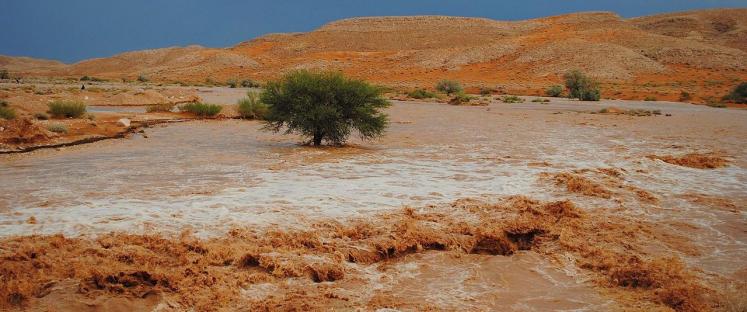Below is an excerpt from the article 'Libya flood reveals disaster prevention deficit in fragile states', published on 13 October 2023 in Context [a media platform of the Thomson Reuters Foundation] and written by United Nations University (UNU) researchers Michael Hagenlocher, Sanae Okamoto (UNU-MERIT) and Nidhi Nagabhatla, who together coordinate the UNU Climate Resilience Initiative.
Research and planning can help minimise threats to infrastructure and people from extreme weather
In early September, unseasonal heavy rainfall during Storm Daniel in Libya submerged settlements along the northeastern coast and caused extensive destruction. In the city of Derna, two dams and four bridges collapsed, leading to even worse flooding. Now, weeks later, hospitals are still not working, and critical infrastructure, like roads and bridges, is in ruins.
According to latest reports, the floods claimed over 4,000 lives and more than 8,500 people are still reported missing. The psychological toll remains very high for the survivors, suffering with grief and trauma.
But perhaps the worst tragedy is that this catastrophe is not even an anomaly. Climate change is expected to increase the severity and frequency of floods while key infrastructure such as dams continues to decay. Together these two developments are highly alarming. In places like Libya which suffer from endemic political instability, infrastructure maintenance remains a particular challenge. What can be done?
Read the full article here.
Nota Bene:
The opinions expressed here do not necessarily reflect the views of UNU.
Photo: 'Libyan desert flash floods 2' by Syed Wali Peeran, CC BY-SA 4.0 via Wikimedia Commons [cropped]



